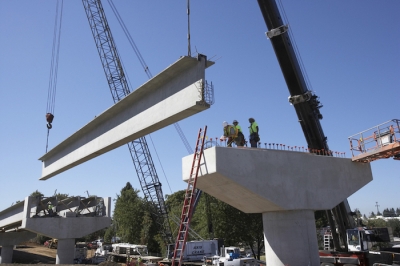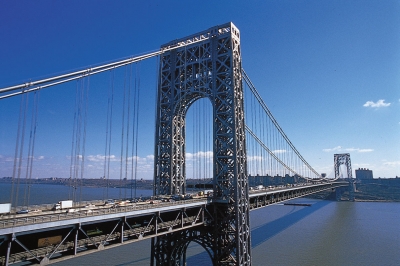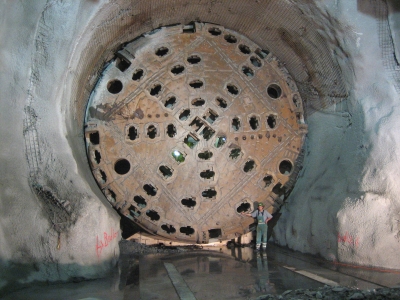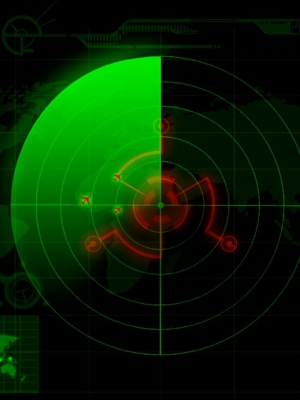
Studies and media reports suggest that for centuries children were dressed in white till they were a few years old. And gradually, in the early 20th Century, gender-based colours in clothing came about. Interestingly, pink was for boys, and blue for girls. This changed after World War II when men returning from war were expected to get back to work, and women, to return from work and stay at home to look after kids. One of the reports says women shed their factory blues” and embraced the “pink apron”. It is also said that the segregation that pink is for one gender and blue for another is a marketing tactic that came about in the U.S. after World War II, so parents couldn’t hand down the older kid’s clothes to the younger one. Slowly, the colour association spread to other aspects such as toys and furniture for kids, and was used even to segregate adults based on gender. What is now more or less a global phenomenon is basically a conditioning over several decades. This forces individuals to follow the majority rather than their own heart out of fear of being ridiculed or left out. And initially, why was pink chosen for boys, and blue, for girls? Apparently, to show that boys are strong, and girls are dainty. But does it reflect reality? Well, that’s a story for another day!
Toys matter
Every toy, game or sport has the ability to teach the player something. Studies have shown that construction block play can help with spatial (relating to space) awareness, Maths, problem-solving, etc. Playing with dolls can increase empathy, social and nurturing skills, processing of information, language skills, and such. By playing a group sport, you can learn teamwork and sharing, while playing by yourself, you can develop creative ways of keeping yourself occupied. These are just a few examples. Boardgames, DIY kits, toys and sports offer a lot of benefits such as improving motor skills, hand-eye coordination, promoting generosity, physical fitness, mental agility, time management independence, planning, diplomacy, sympathy, self-esteem, confidence, etc. So who needs to develop all these skills? Everyone!
Picture Credit : Google










